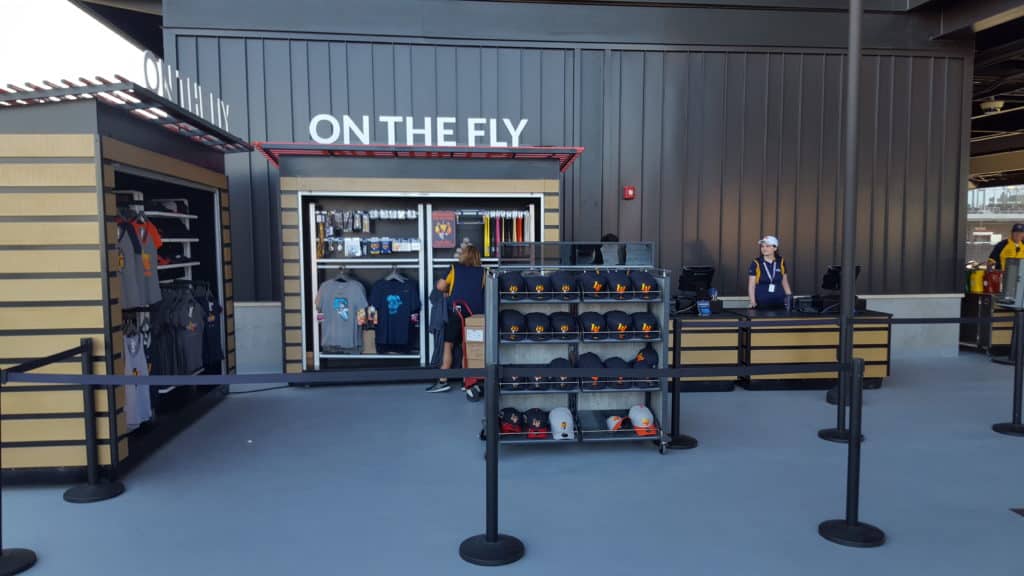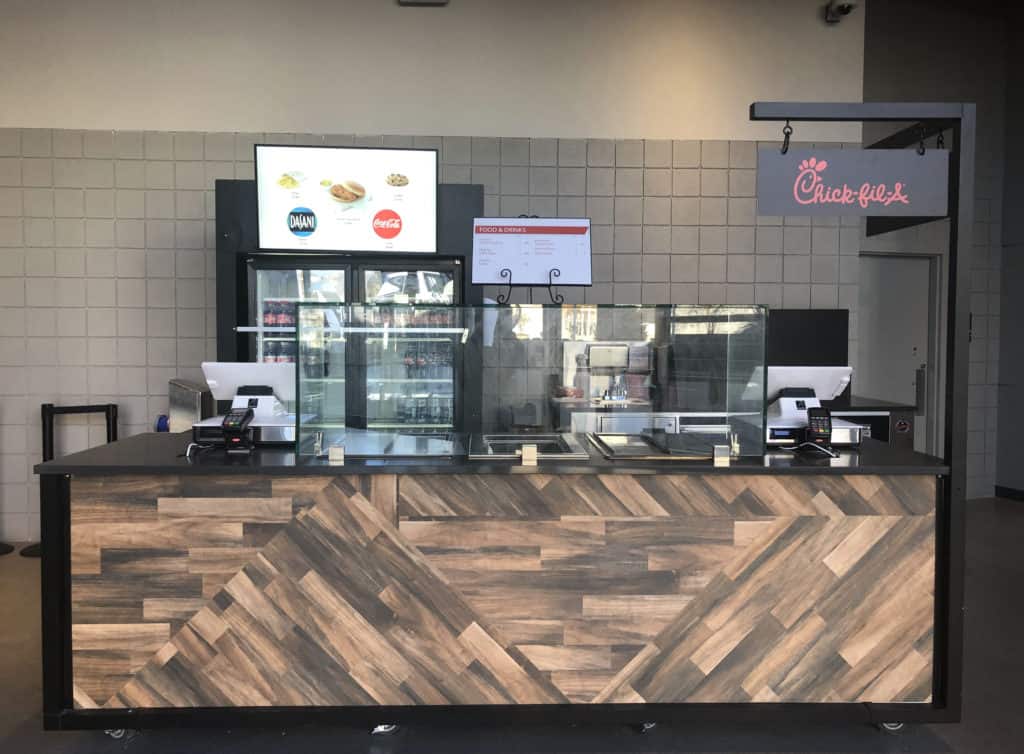We’ve been in the mobile cart and kiosk business for over 40 years, so we’ve seen a lot of changes. But one thing that hasn’t changed is the beneficial ROI (Return on Investment) of using mobile carts and kiosks.
Speed and operational efficiency are crucial to optimizing the customer experience in our instant gratification world. Mobile carts and kiosks allow customers to browse, select, and purchase products conveniently. These food and retail solutions empower customers, reduce wait times, and enhance overall satisfaction.
However, customer satisfaction isn’t the only important metric for foodservice operators at hospitals, stadiums, and transportation centers like airports and train stations. Many operators like to know they’ve made a sound investment by using a cart or kiosk and calculating the ROI is one way to do this.
Measuring the Success of Kiosks and Carts: Defining ROI

Before embarking on any endeavor, it’s always best to define how success will be measured. Will it be sales? Average transaction value? Labor cost reductions? In short, what goal do you hope to achieve by using a kiosk or mobile cart, and how do you plan to measure it?
Some data points may be easier to obtain than others. Most POS systems allow you to get transaction data such as order value and time of service and identify best sellers. But other metrics, like customer satisfaction and overall experience, are best obtained by surveys. Depending on what metrics are important to your ROI calculation, you may need to set up touch points to get this information from customers.
Once the data is collected, it’s time to analyze and interpret the findings. Here are some key considerations:
a) Comparing Performance: Compare the performance of food kiosks with traditional ordering methods. Look for significant differences in sales, average transaction value, order accuracy, and customer satisfaction.
b) Cost-Benefit Analysis: Evaluate the cost savings from reduced labor expenses against the initial investment and ongoing maintenance costs associated with food kiosks.
c) Customer Insights: Use the customer feedback collected through surveys to gain insights into preferences, pain points, and suggestions for improvement.
Leverage ROI Results To Optimize Kiosk and Cart Performance

Many kiosk and cart operators see significant ROI improvements within months. However, it’s not enough to calculate ROI. Operators should review the results, identify areas for improvement and make any necessary adjustments.
Potential areas for improvement may include:
– Product or menu changes to highlight popular items and eliminate slow sellers
– User Interface (UI) enhancements to provide more straightforward navigation
– Training staff who handle kiosk-related tasks to troubleshoot issues
Overall, kiosks and food carts provide excellent opportunities for operators to increase sales and improve ROI within a limited footprint. As customers continue to demand improved speed of service and high-end offerings, harnessing the potential of food kiosks and mobile carts will be the key to staying competitive and improving the customer experience in the long term.